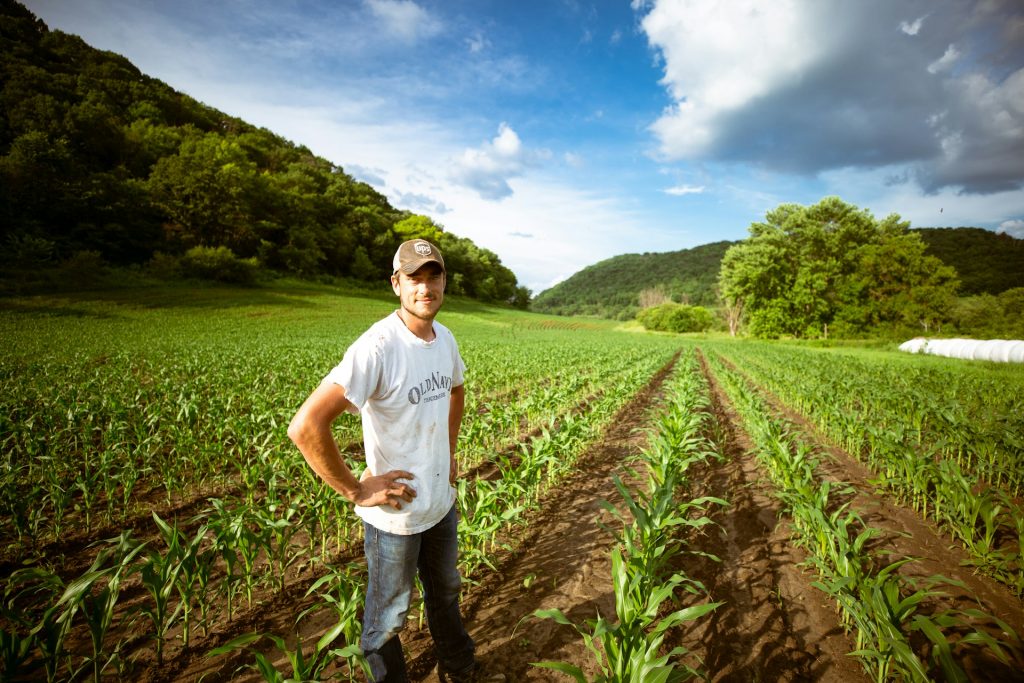Benefits and Strategies for Businesses

GUEST POST from Art Inteligencia
In recent years, there has been a growing awareness of the environmental challenges facing our planet, particularly in the realm of agriculture. Traditional agricultural practices have often focused on maximizing yields and profits, often at the expense of the health of the land and surrounding ecosystems. However, a shift towards regenerative agriculture is gaining momentum, with businesses recognizing the potential benefits not only for the environment, but also for their bottom line.
Regenerative agriculture is a holistic approach to farming that focuses on restoring and revitalizing the health of the soil, water, and biodiversity. By prioritizing soil health and biodiversity, regenerative agriculture aims to not only sustain, but improve the productivity and resilience of the land over time. This approach has been shown to have a number of benefits for businesses, including improved soil fertility, increased crop yields, and reduced reliance on synthetic inputs.
Case Study 1: General Mills
One company that has successfully embraced regenerative agriculture is General Mills. In 2015, General Mills announced a commitment to advance regenerative agriculture on one million acres of farmland by 2030. By implementing regenerative practices such as cover cropping, crop rotation, and reduced tillage, General Mills has been able to improve soil health and increase the resilience of their supply chain. This has not only helped to mitigate the impacts of climate change, but has also led to increased yields and cost savings for the company.
Case Study 2: Dr. Bronner’s
Another example of a business reaping the benefits of regenerative agriculture is Dr. Bronner’s, a family-owned soap and personal care product company. Dr. Bronner’s has been a vocal advocate for regenerative agriculture, and has made a commitment to source all of their major ingredients from regenerative sources by 2020. By working directly with farmers to implement regenerative practices such as agroforestry and rotational grazing, Dr. Bronner’s has been able to improve soil health, increase biodiversity, and sequester carbon. This commitment to regenerative agriculture has not only helped to differentiate Dr. Bronner’s products in the marketplace, but has also strengthened their relationships with suppliers and consumers.
Conclusion
In order to successfully implement regenerative agriculture practices, businesses must be willing to invest in education, training, and long-term partnerships with farmers. By taking a holistic approach to farming and prioritizing soil health and biodiversity, businesses can not only help to mitigate the impacts of climate change, but can also create a more resilient and sustainable supply chain. Embracing regenerative agriculture is not only a moral imperative, but a strategic opportunity for businesses to drive innovation, reduce risk, and create value for all stakeholders.
Bottom line: Futurology is not fortune telling. Futurists use a scientific approach to create their deliverables, but a methodology and tools like those in FutureHacking™ can empower anyone to engage in futurology themselves.
Image credit: Unsplash
![]() Sign up here to get Human-Centered Change & Innovation Weekly delivered to your inbox every week.
Sign up here to get Human-Centered Change & Innovation Weekly delivered to your inbox every week.